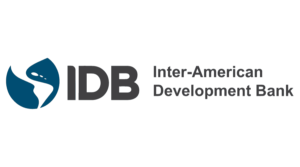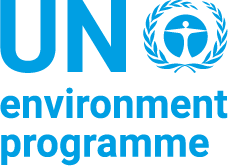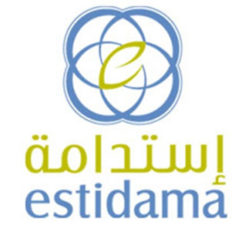
The document provides guidelines regarding best practices for the construction of multimodal transport hubs with a particular focus on the inclusion of governance, digitalization and gender aspects in the planning process. The term multimodal transport hubs (MTH) refers to a building and an urban space, and translates into different realities, functions and practices on the ground. In cities of the Global South, interchange hubs can take the form of railway stations, underground stations, urban bus terminals or simple stops connected to other, sometimes informal, transport networks.
Lifecycle Phase(s): Strategic PlanningPublic authorities identify the needs and long-term vision for infrastructure development., PrioritizationAuthorities decide which projects to realize and how to allocate resources., Project PlanningGeneral strategy for a project’s delivery is developed., Concept DesignTechnical experts broadly outline the project’s basic characteristics.
Type(s) of Tool: GuidelinesOperationalize sustainability principles, less specific than Benchmarks or Rating Systems.








